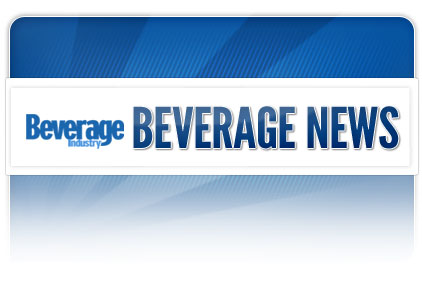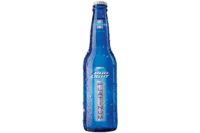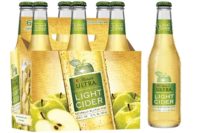Brussels-based AB InBev released its second quarter and first half results, which included an increase in revenue and a marginal decrease in volume for the quarter.
Revenue grew 4.7 percent in the second quarter driven by revenue per hectoliter growth of 6.4 percent on a constant geographic basis, supported by mix improvements and revenue management initiatives, the company reported.For the first half of the year, revenue grew 5.4 percent with revenue per hectoliter growth of 5.7 percent for the quarter and 5.3 percent for the year, it reported.
The company also reported that total volume in the second quarter declined marginally by 0.1 percent with own beer volumes decreasing 0.5 percent, while non-beer volumes increased 4.2 percent. For the first half of the year, total volume grew 0.8 percent with own beer volumes up 0.4 percent and non-beer volumes increasing 5.3 percent.
Volumes in the quarter were soft, primarily driven by the United States as a result of the anticipated adjustment to its shipping patterns in order to ensure a smoother and more cost efficient phasing of shipments to its wholesalers (STWs) leading to a 2.1 percent decline in the second quarter, the company said. However, U.S. sales-to-retailers (STRs) continued to make good progress, closing the half year 0.2 percent ahead. On a full year basis, the company expects STWs and STRs to be more closely aligned, as in previous years.
Sales and marketing investments increased 7.5 percent in the quarter and 9.1 percent in half-year results, as the company continues to invest in its brands.
Focus brand volumes grew 1 percent for the quarter, led by Budweiser globally, Harbin and Sedrin in China, Antarctica and Brahma in Brazil, and the Bud Light Family in the United States. In half-year results, focus brand volumes increased 2.2 percent.
The company notes that in the United States, it is encouraged by the current trends, with the first six months of the year seeing the best industry performance since 2008. It credited favorable weather, improvements in the economy and industry innovation for some of its success. AB InBev estimates that industry selling-day adjusted STRs grew 0.4 percent in the quarter and 0.8 percent in the first half of the year in the United States.
In the United States, its own selling-day adjusted STRs continued to make progress and were marginally down 0.2 percent for the quarter, but ahead by 0.2 percent for the first half of the year. This performance has been driven by strong execution and the rollout of innovations including Bud Light Platinum and Bud Light Lime Lime-A-Rita, both of which sell at a premium to Bud Light, as well as good results from Michelob Ultra and high-end brands, it says.
Its market share trends continue to improve, the company reported. Share gains in the quarter were led by Bud Light Platinum and Bud Light Lime Lime-A-Rita,which resulted in the Bud Light family adding 60 base points of total market share to close at 21.1 percent for the quarter. Michelob Ultra and its high-end brands also grew share, with Stella Artois and Shock Top performing particularly well, it says. This was offset by share losses in Budweiser, where it continues to focus on stabilizing the brand, and in its value brands, as a result of its strategy to close the price gap with its premium brands.
U.S. STRs for the Bud Light family grew 3.5 percent for the quarter and 3.9 percent for the year, driven by Bud Light Platinum and Bud Light Lime Lime-A-Rita. Michelob Ultra and Stella Artois STRs grew 7.3 percent and 17.6 percent, respectively, in the second quarter, and 7.1 percent and 19.7 percent, respectively, for the first half of the year. Budweiser STRs declined 6.5 percent for the quarter and 5.6 percent for the year, having been partially impacted by the launch of Bud Light Platinum, according to the company.
The renovation and innovation pipeline remains healthy with the quarter benefiting from the rollout of a number of new products including Bud Light Lime Lime-a-Rita, Ultra 19thHole, Ultra Light Cider, Shock Top Wheat IPA and Shock Top Lemon Shandy.
In addition, the company continued the rollout of Bud Light Platinum following its first-quarter launch. The brand achieved an estimated market share, based on STRs, of 1.1 percent since its launch at the end of January, and reached the 1 million barrel milestone in early July. The company’s research on cannibalization also shows positive results. The analysis indicates that less than 50 percent of Bud Light Platinum volume is being sourced from its own brands, with a significant proportion coming from hard liquor and other beverages.
In the third quarter, the company plans to extend the brand’s packaging portfolio with the launch of a 22-ounce bottle and an 18-pack of 12-ounces bottles. It also recently announced Budweiser Project 12. This initiative involves consumer sampling of six Budweiser beers specially created by brew masters from its 12 U.S. breweries. AB InBev expects to select three of these “tribute to Budweiser” beers, based on consumer feedback, for inclusion in a limited-edition sampler pack, which will be available for purchase in the fall.




